Electromaker Show Episode 9
Welcome to the Electromaker Show, episode 9! This week, the week of August 4, 2020 saw tons of cool projects, crowdfunding campaigns, and more. Read on for the latest updates in the maker, tech, do-it-yourself (DIY), Internet of Things (IoT), and embedded worlds!
Marvelous Maker Projects
Smart lights are some of the most beautiful additions to any home. In fact, installing smart lighting is a great retrofit for apartments that's typically as easy as screwing in a light bulb. While many different lighting manufacturers exist, Philips Hue remains one of the best-known brands. Philips Hue offers in its excellent lineup several different ambient lighting or Ambilight kits. There are LED strips that can be mounted to the back of a TV or monitor, as well as its Play Bars which serve a similar function. But what if you want to synchronize the video from your Blu-ray player, game console, or streaming device such that your lights react accordingly? Well, you can build your own DIY Ambilight kit, or purchase off-the-shelf. Philips Hue offers its HDMI sync box, but it's over $200 USD alone sans lights. Other companies offer budget options, such as one kit that utilizes a webcam mounted to the top of your telly to read signals and change the colors of LED strips accordingly. But there's latency with that setup. Enter the Harmonize project for Philips Hue. It's not officially affiliated with Philips Hue or Signify. But Harmonize provides a low-latency video analysis and passthrough option. It's built with Python and syncs with Philips Hue lights. To use it, you'll need an HDMI splitter, USB HDMI capture card, and a PC capable of running Harmonize such as the Raspberry Pi 4 single-board computer. It's a pretty neat cheapo device you could use instead of the Hue Sync Box for some monetary savings.
Arduino microcontrollers (MCUs) are right useful. Because of their small form factor and fantastic connectivity with various sensors, it's perfect for environmental monitoring and sensing. A team of Swedish researchers from Linköping University recently created an Arduino-powered greenhouse gas logger. It's capable of measuring the levels of carbon dioxide and methane. There's even an onboard DHT22 humidity and temperature sensor. In turn, data is captured and recorded on an SD card with Adafruit's data logging shield. It's a pretty powerful and capable little device. While it costs about $200 USD or so to build, it's definitely a cost-savings over a similar tool that's ready to use out-of-the-box.
E-ink clock from r/raspberry_pi
E-ink displays, while popularized for the likes of various e-readers such as Kindle and Nook devices. But epaper displays are also a lovely, easy on the eyes means of creating any number of maker projects, from DIY reusable conference badges to...clocks? Yep, you read that right. This e-ink clock is Raspberry Pi-powered. Running off of a Raspberry Pi Zero WH, it incorporates an IKEA photo frame and e-ink display. Then, the image displayed on the Pi is a local web page stored on the Pi, so it's web server used as the backend for displaying an image. And this particular version features memes on it, but you could totally customize it your heart's content. If you want to reproduce a Pi-based e-ink clock, you can pick up an epaper display, or even repurpose a Nook as a touch remote e-ink Raspberry Pi screen.
I created a website to let people say things to me. from r/RASPBERRY_PI_PROJECTS
Text-to-speech has become more popular in recent years. And a clever maker created a text-to-speech device with display text on a Pi HAT. Essentially it's a website that lets people say things to them. Anyone can type in a string of text and that text will then be displayed on a Pi Sense-HAT, then spoken aloud on a speaker that's connected to it. What's more, there's a Twitch live stream. Initially, I was excited, then tuning in, well, it became apparent why we can't have nice things. Listen and participate at your own risk, and just know that by nature of this being open to anyone on the Internet, it runs the risk, like every lively comments section, of devolving into NSFW territory.
Crowdfunding Corner
On the crowdfunding front, there's a lot going on. The SnowPi RGB snowman board for the Raspberry Pi and micro:bit boards is a snowman complete with a top hat, featuring 12 RGB LED lights throughout. It's an iteration upon the Snow Pi add-on which debuted in 2015, this time with RGB lighting and arriving pre-assembled. The SnowPi RGB remains compatible with all Raspberry Pi models including the original Model Be since it only utilizes the first six pins of the GPIO header. There's a right angle header so that the SnowPi RGB stands up from the Pi itself. Aside from the RasPi, the SnowPi RGB also functions with ESP8266 boards, Arduinos, the Adafruit Clue, and other boards. It's one of the best holiday-themed Pi projects alongside the Pi Hut's RGB Xmas tree.
Solar panels have become pretty popular. And indeed, they boast the incredible potential to lower your energy bill, or even power small electronics. For off-grid power, solar is a must-use. And now, there's a real-world no BS guide to off-grid solar systems, from planning to implementation for the likes of tiny homes, cabins, and other use cases. If you're looking for an end-to-end explainer of solar panels for actual applications, this is a great guide.
It's no secret that I love gaming, and particularly retro gaming. I've built several different retro gaming emulation systems with Raspberry Pis, ASUS Tinker Boards, and dedicated handhelds like the GPi, Odroid GO, Odroid GO Advance, and Clockwork Pi. On my shelf, I've got a DIY NES, SNES, and Sega Genesis. Now, with Open Game Station, you can create a handheld portable retro gaming device that's ATMega32U4 powered. It's sort of the opposite direction of a Raspberry Pi game console insofar as its not terribly powerful. It's intended for 8-bit retro and open-source titles. There's a built-in controller, OLED display, and it's AAA battery powered.
Devices are getting smaller and more powerful. The aptly-named Tiny1284P is a small, open-source Arduino-compatible ATMega1284P dev board complete with USB Type-C for programming as well as power delivery. Part of the Microchip get launched campaign, it's a capable yet extremely small microcontroller. Based on the Arduino UNO platform, it's easy to use for virtually any Arduino UNO-compatible project. The ATmega1284P boasts four times more flash and eight times as much RAM, plus four times the EEPROM than comparative ATmega328 dev boards. What's more, it's compatible with MightyCore, an Arduino core for various ATmega boards.
3D printing has a lot of different use cases. While it's popular for the likes of creating minis and cosplay accessories, you can make functional household items like headphone stands and...huts? Yep, Thinking Huts is a humanitarian community with a mission to improve global access to education using 3D printing. The concept is to 3D print huts which can then be outfitted with solar power, Internet access, and amenities like desk, tables, and chairs. Plans for the huts include functional locking doors and windows. It's a really neat concept, and Thinking Huts is currently partnered with SEED Madagascar, a non-profit organization. Check out their GoFundMe and donate for a great cause!
Product Updates
Kano is always coming out with something cool. Their Raspberry Pi DIY kits make getting started with PCs and Pi boards easy and accessible for kids. And other Kano Kits like their Harry Potter Coding Wand fuse programming and education, thereby introducing high-level coding topics at a young age. Now, Kano features a build your own tablet that runs a full copy of Windows 10. It's USB-C battery powered. Because it runs off of an Intel x86 CPU, you can run Windows 10 which Kano even includes preloaded. It's a fantastic STEM learning tool and a pretty sweet little DIY tablet.
There's a new proximity ToF sensor expansion board based on a VL6180V1 for the STM32 Nucleo. The X-Nucleo-6180A1 expansion board boasts a proximity sensor and is based on ST's FlightSense and Time-of-Flight technology. Sporting full Arduino UNO R3 compatibility, it's a great expansion board that can be used with Wi-Fi and Bluetooth even with the addition of other ST expansion boards.
Electromaker Show Episode 9
As always in the world of tech, there have been a lot of updates. From DIY kid-friendly Windows 10 laptops to 3D printed huts, Raspberry Pi Philips Hue controllers, e-ink display projects, and retro gaming open-source consoles, loads of cool news stories have broken. While these are our favorite breakthroughs and highlights, we may have missed something. Got a story you'd like to add? Comment below and let us know what maker, tech, DIY, embedded, IoT, and crowdfunding news pieces caught your attention this week!




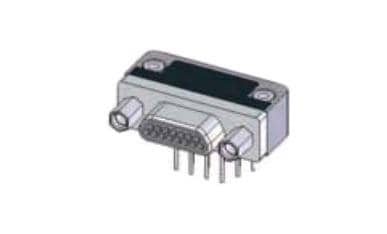
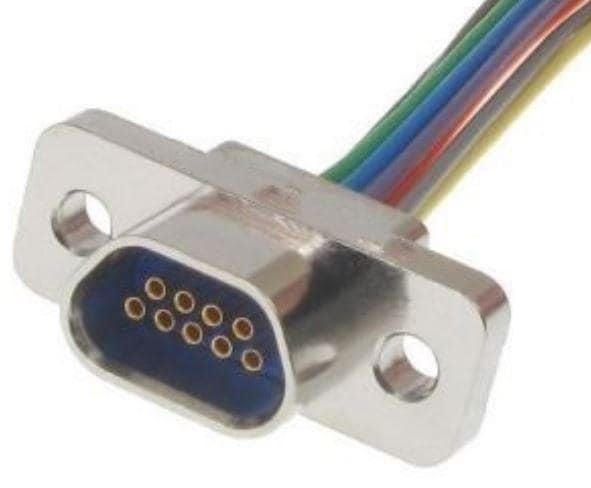
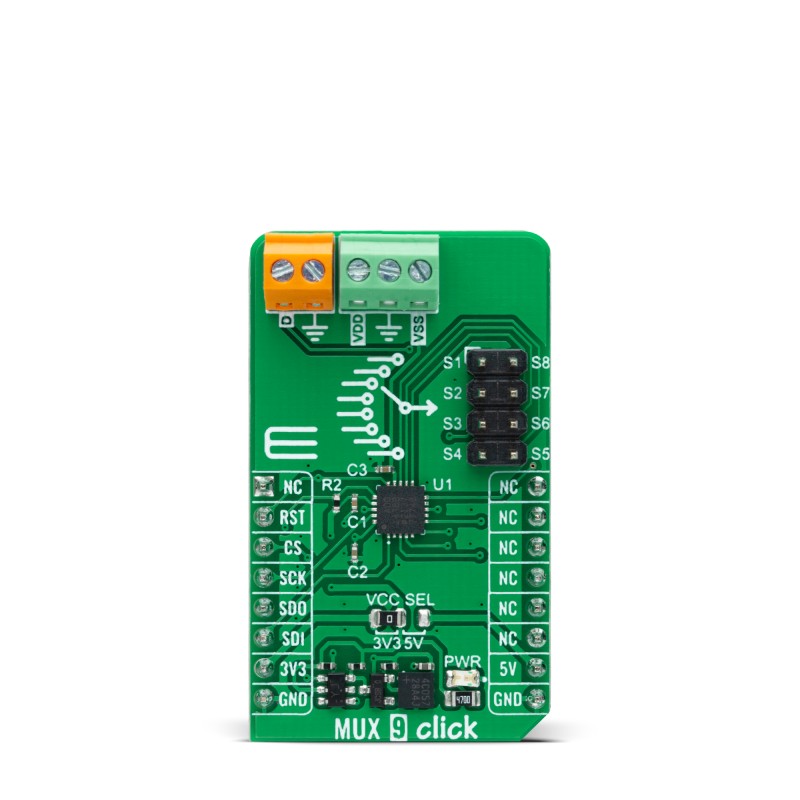
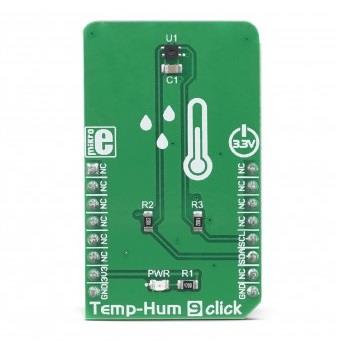
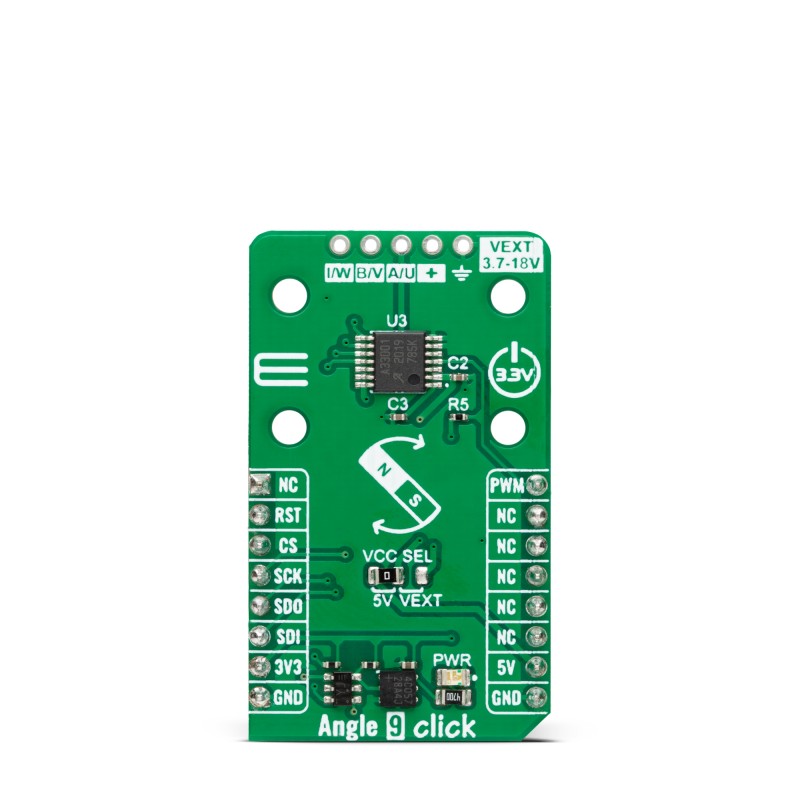
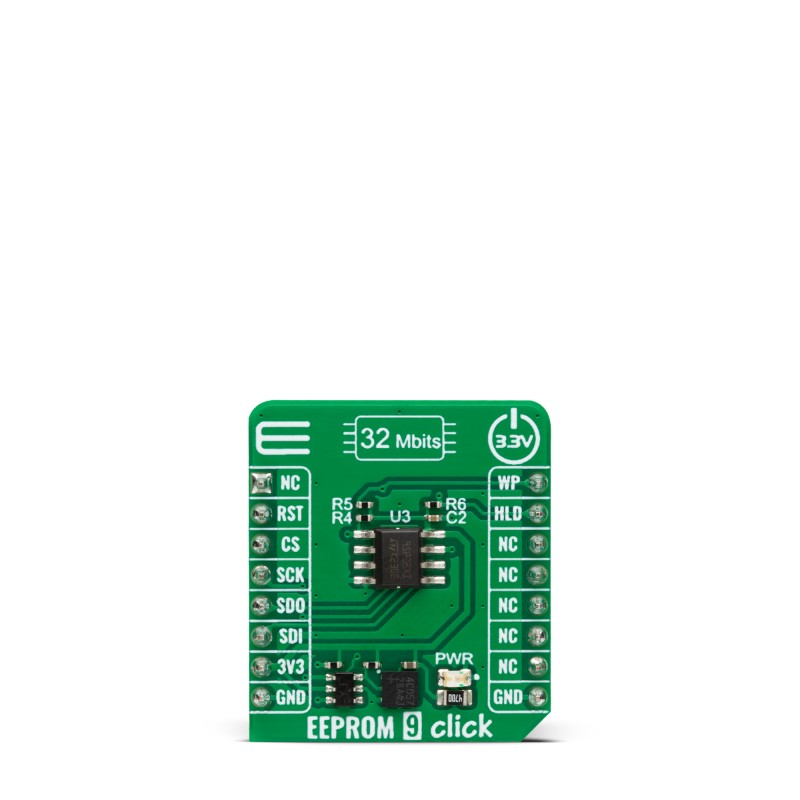
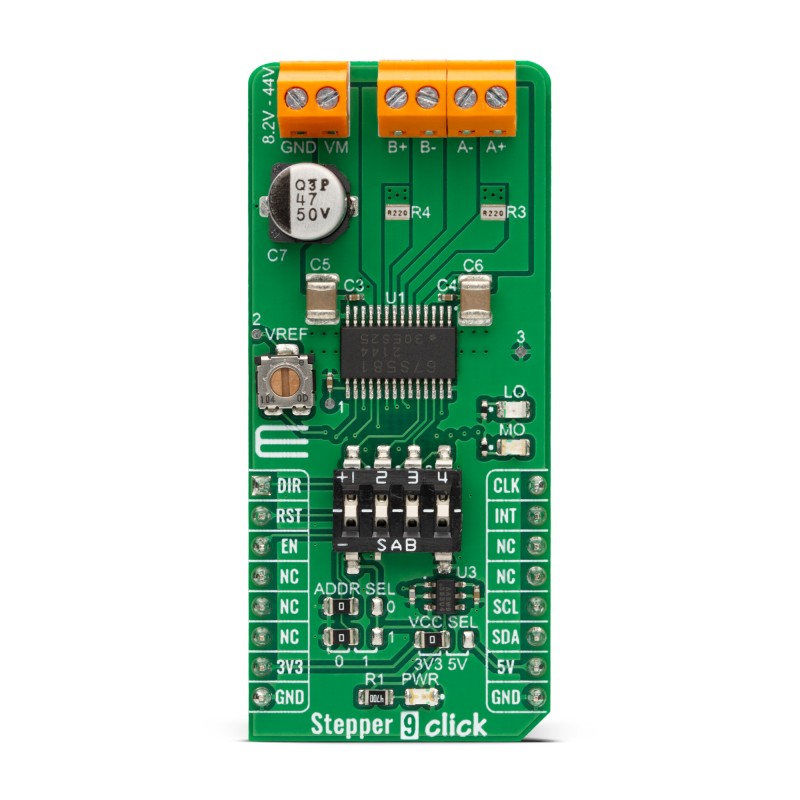
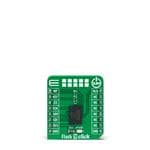
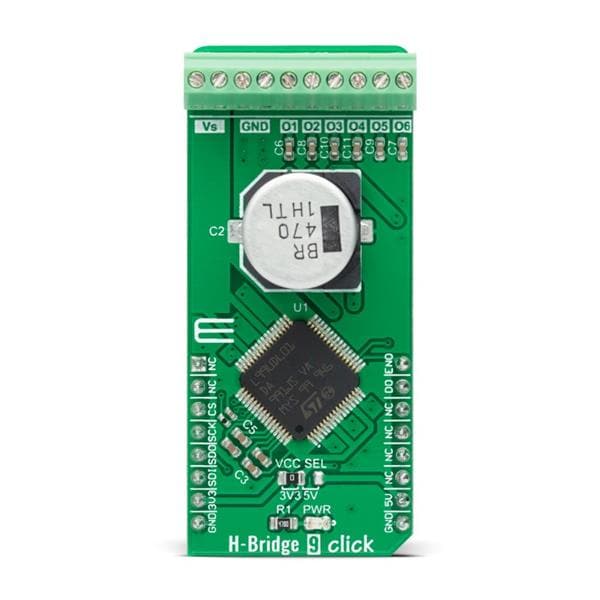
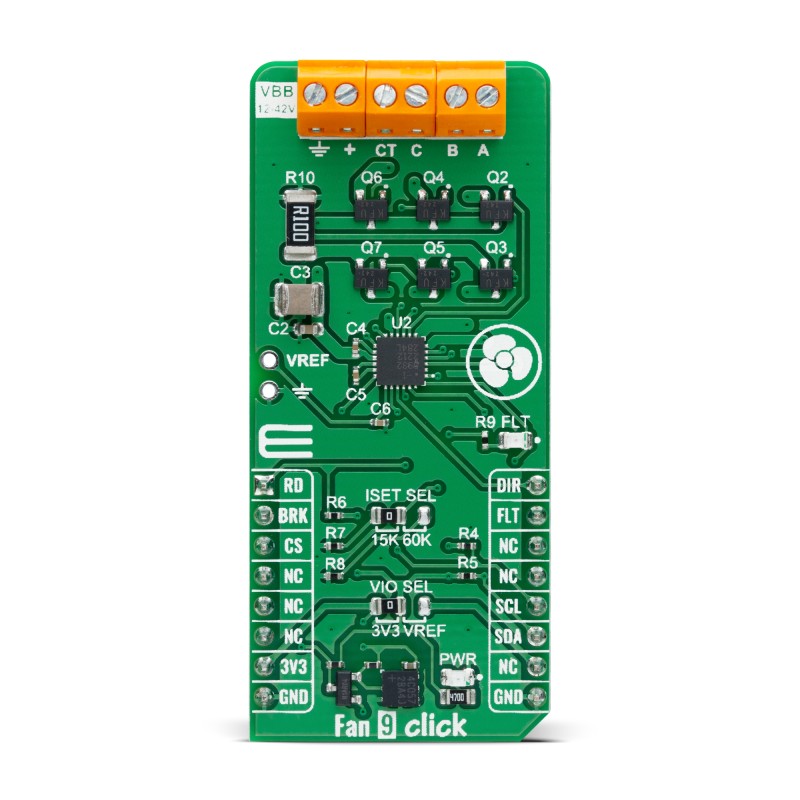
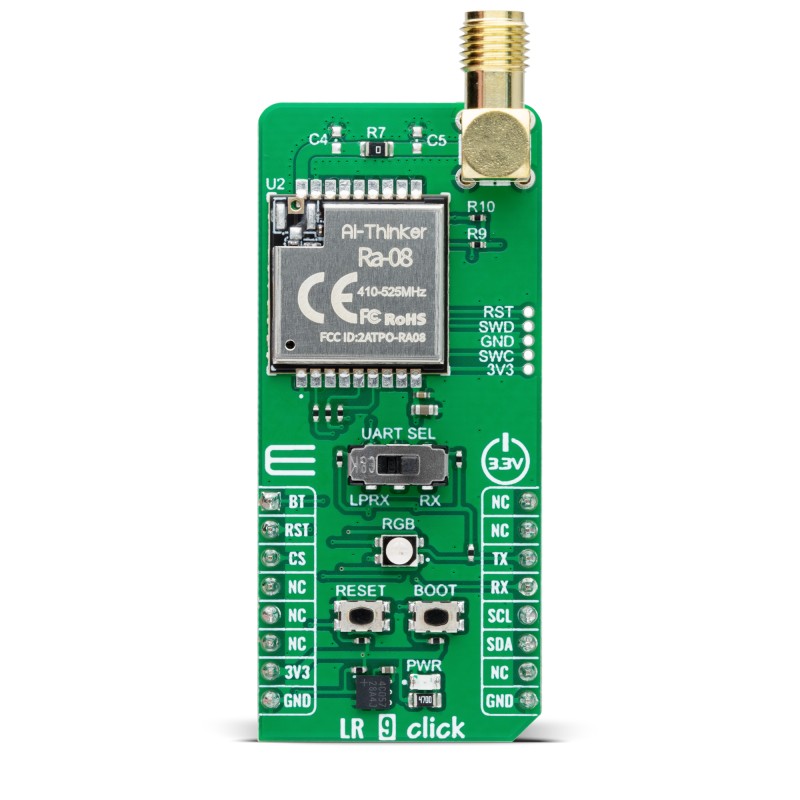




















Leave your feedback...